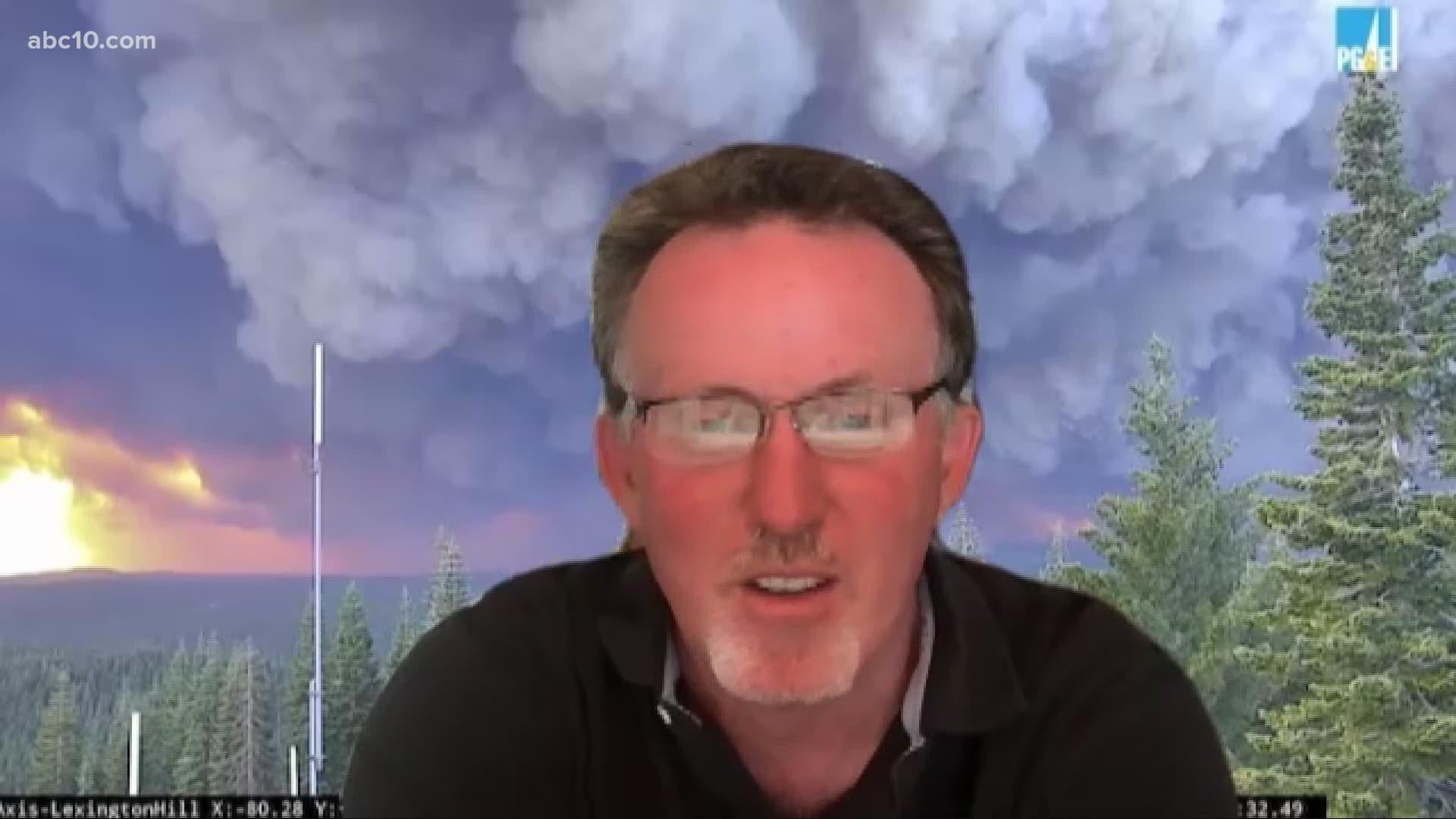SACRAMENTO, Calif. — Earthquakes happen every day in California. Most of them are very small and go unnoticed. That's why the shaking felt in the Sacramento and San Joaquin Valleys was a wake-up call.
There was an initial report of a 4.8 magnitude quake in Farmington near Stockton at 3:50 p.m. possibly producing the shaking. Reports from the United States Geological Survey were also showing a cluster of larger quakes in the Sierra near Walker, CA. In fact, this is where the largest 6.0 magnitude earthquake happened at 3:49 p.m. Questions started floating as to whether these were all related, and how?
RELATED: 'Very normal' | What to know about the magnitude 6.0 earthquake that rattled Northern California
ABC10 reporter Brandon Rittiman reached out to Dr. Graham Kent, Director of the Nevada Seismological Laboratory at the University Nevada Reno, to get a better understanding of earthquake swarms, the "phantom quake" and how we could feel shaking this far into the valley.
Dr. Kent said there are many sensors throughout the state. All of them are set to an algorithm which processes the data. When we have a lot of quakes in short succession like Thursday, sometimes it can fool the algorithm into thinking one of the waves that it picked up was another earthquake. A seismologist goes in to verify the readings and can remove them if they are indeed a "phantom quake."
Kent added that the shaking we felt today in the Sacramento and San Joaquin Valleys would be similar to what we would have felt from a stronger earthquake coming from the Bay Area.
It boils down to the different terrain. The earth's crust between the Valley and the Bay has a lot of softness, which dampens the shaking. The crust between the Valley and the Sierra Nevada Mountain is harder, like a giant slab of granite. It would be like shaking a solid table with the valley at the other end.
He also said the aftershocks are very typical from this type of earthquake. The last 5.9 we had in this area was back in the mid-90s.
WATCH ALSO:

